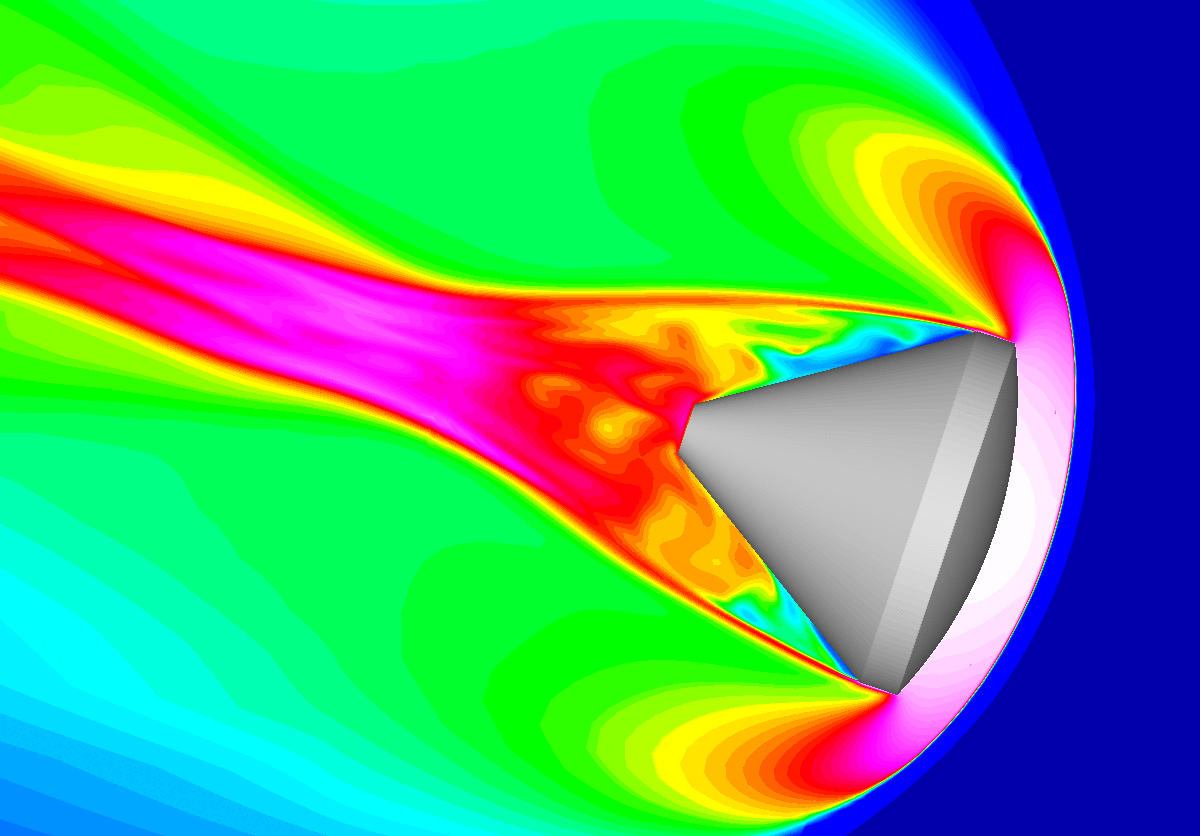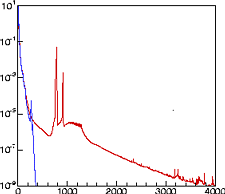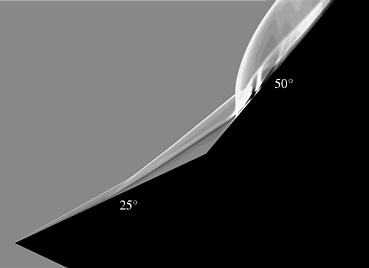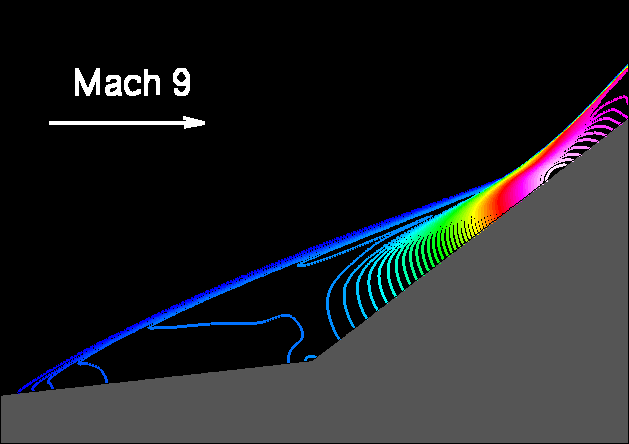Krishnendu
Sinha
Currently:
Assistant Professor
Dept of Aerospace Engineering
I.I.T. Bombay, India
Email: krish[at]aero.iitb.ac.in
Phone: 91-22-2576 7135
Research Associate
Aerospace Engineering and Mechanics
University of Minnesota
Phone: (612) 625-2540
Fax: (612) 626-1558
Email: krish[at]aem.umn.edu
krish_sinha[at]hotmail.com |

|
DEGREES
Ph.D., Aerospace Engineering, University of Minnesota 2001
M.S., Aerospace Engineering, University of Minnesota 1998
B.Tech., Aerospace Engineering, Indian Institute of Technology, Kanpur
1995
EXPERIENCE
2004 - Present : Research Associate
Aerospace Engineering and Mechanics, University of Minnesota
2001 - 2004 : Postdoctoral Associate
Aerospace Engineering and Mechanics, University of Minnesota
1996 - 2001 : Research Assistant
Aerospace Engineering and Mechanics, University of Minnesota
1995 - 1996 : Teaching Assistant
Aerospace Engineering and Mechanics, University of Minnesota
RESEARCH
My primary research interest is in
the simulation and modeling of compressible
turbulent flows. In these flows the fluid velocity is
comparable or higher than
the speed of sound in the medium. Examples include
flow over aircraft wings,
jets used in material processing, and the gas turbine engines.
Numerical simulation
of these systems is important
because physical experimentation can be very
expensive. However, there is
significant uncertainty in the current simulation
methods. My aim is to develop new
approaches based on high-quality numerical
methods and a fundamental understanding
of the relevant physics.
Simulating compressible flows is a
difficult
task. These are often characterized by
shock waves with large changes in fluid
properties
across them. Shock waves can
pose a significant challenge and
require high-quality numerical methods to compute
them accurately. In addition,
these flows can be multi-physics in
nature. The
different phenomena increase the dimensionality of the problem and
also
result in
a large range of time scales in the simulation. Therefore, a robust
time-integration
method is essential for these computations. These are the focus of my
research.
Efficient numerical codes are implemented on large-scale parallel
computers to
simulate complex flow configurations. Please visit the following links
for a more
detailed description of the
different projects.

Development of efficient
computational codes
|

Simulation of flows with
shock-shock interaction
|
|
|

Interaction of turbulent boundary
layer with shock waves
|

Detached eddy simulation
of hypersonic flows
|
The second component of my research
involves
developing
a fundamental
understanding of the relevant physical processes in high-speed flows.
An
area of
current interest is to study turbulent mixing in highly
compressible
environment.
Data from direct numerical simulation (DNS) along with linearized
theory
is being
used to develop advanced models for engineering application. A major
milestone
in this direction was the shock-unsteadiness model in shock-turbulence
interaction.
The model led to substantial improvement in predicting
this
phenomenon.
To
quote a reviewer of this work: "this improvement has a significant
impact
on the
engineering society." The new model is being applied to shock
wave-turbulent
boundary layer interactions. For a
more detailed description of the work,
please
follow the links below.
- Modeling of
shock-turbulence interaction
- Turbulent
dissipation rate equation in a compressible flow
- Turbulence-chemistry
interaction
PROFESSIONAL SOCIETIES
American Institute of Aeronautics
and Astronautics
American Physical Society
SELECTED PUBLICATION
- Sinha, K.,
"Reynolds-averaged Navier-Stokes Simulation of Fire II Re-entry
Configuration", 25th International Symposium on Shock Waves - ISSW25,
July 17-22, 2005.
- Sinha, K.,
Mahesh, K., and Candler, G.V., "Modeling the Effect of Shock
Unsteadiness in Shock/ Turbulent Boundary Layer Interactions", AIAA
Journal, Vol. 43, No. 3, 2005, pp. 586-594.
- Sinha, K., Mahesh, K., and Candler,
G.V., "Modeling Shock Unsteadiness in Shock/ Turbulence Interaction", Physics
of Fluids, Vol. 15, No. 8, 2003, pp. 2290-2297.
- Sinha, K. and
Candler, G.V., "Turbulent Dissipation Rate Equation in a Compressible
Flow", AIAA Journal , Vol. 41, No. 6, 2003, pp. 1017-1021.
- Wright, M.J., Sinha,
K.,
Olejniczak, J., Candler, G.V., Magruder, T.D., and Smits, A.J.,
"Numerical and Experimental Investigation of Double-Cone Shock
Interactions", AIAA Journal,
Vol. 38, No. 12, 2000, pp. 2268-2276.
- Sinha, K. and
Candler, G.V.,
"Convergence Improvement of Two Equation Turbulence Model
Calculations", AIAA paper 98-2649, June 1998.
Last modified: 01 December 2005.




